#queer arts and culture
Explore tagged Tumblr posts
Text
I’m going to get so much shit but this post but I don’t really care.
We know that transfems and trans women are hypervisible and are often seen as the “default” when people talk about trans people. And I’ve noticed that because of that, transmascs and trans men are not only forgotten from very real issues but also from what is considered as trans culture as a whole.
When people talk about trans people making art, science etc, it’s almost always transfems and trans women only.
And I’d like y’all to reflect on that and remember that transmascs and trans men have also contributed, and to include them when you talk about trans people’s contribution to the world.
A few example:
Music: Hyperpop is a trans subculture, and we love Sophie and 100gecs, but don’t forget about Dorian Electra, and, more recently, Tobre.
Science: there's a lot of names here but pleasd do not forget about Ben Barres, neurobiologist, the first openly trans scientist in the US Academy of Science. Alan L. Hart, who was a pioneer in X-ray photography used for turberculosis detection, and the first trans man to receive an hysterectomy.
And regarding queer history, please, for the love of God, remember Stormé DeLarverie. I still consistently see Marsha P. Johnson named as the one who started the Stonewall Riots when she has said multiple times that it wasn't her. It was most likely Stormé DeLarverie, a genderqueer butch and male impersonator.
I’m not trying to be bitchy, it’s just important that we do the work because cis people sure as hell won’t.
If you have any other names you’d like to add, please, please do !!!
#trans#transgender#transmasc#lgbtqia#trans representation#trans people#queer history#lgbt history#queer representation#trans character#trans men#transmasculinity#queer culture#lgbt culture#trans art#gor3sigil.thoughts
862 notes
·
View notes
Text

I made a new backpatch for my wheelchair. The first picture is the new one and the second is the old.
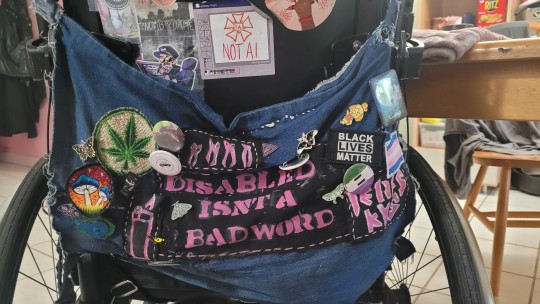
I made this new one with velcro which attaches much cleaner to the chair. That way, you can actually see all the patches.
I find these backpatches are much better than a traditional battle jacket for me. As Battle jackets get really heavy, which makes it harder to push myself. This way I can still participate.
If you make one I would love to see!
#cripple punk#queer punk#punk#battle jacket#wheelchair user#wheelchair#diy punk#diy#patches#diy patches#diy or die#craftblr#sewing#physical disability#trans punk#queer art#queercore#punk culture#disabled#mobility aid user#mobility aid#cripple shit#punk patch#up the punx#punk fashion#punk style#trans punks#chronic pain
1K notes
·
View notes
Text




Mike Faist as Art Donaldson
CHALLENGERS (2024), dir. Luca Guadagnino
#mike faist#art donaldson#art donalson x reader#boy#boys#fashion#model#male model#celebs#male#male aesthetic#aesthetic#malefeet#malefoot#menfeet#brofeet#male toes and soles#dudefeet#feetmen#gayfeet#gay#gay culture#queer#lgbt#footmaster#malefootfetish#challengers#guyfeet
623 notes
·
View notes
Text

Lilith! So naughty at the club...so hot!
#queer#transgender#trans#trans community#gays#lgbtqia#gay woman#gay yearning#i am so gay#im gay#gay news#im so gay#so gay#gayhot#gay art#gayman#gayboy#gay latin men#gay mlm#gay men#gay girls#gay fashion#gay for girls#gay cub#gay#gay as fuck#gay culture#homosexuality#trans pride#homoerotism
424 notes
·
View notes
Text

#black community#original photographers#black people#graphic design#black art#black history#black culture#artwork#black family#black power#black love#black representation#black queer women#black woman#black lives matter#black panther#black king#black guys#black men#black man#black lady
614 notes
·
View notes
Text

I’d wanna hold you just for a while
And die with a smile 🩵❤️
Instagram
#lady gaga#bruno mard#gaga and bruno#die with a smile#gaga#bruno#drawing#illustration#art#sketch#artwork#queer#lgbtq#icon#pop#queen#poster#pop culture#portrait#artist#digital#digital art#digital painting#digital illustration
442 notes
·
View notes
Text

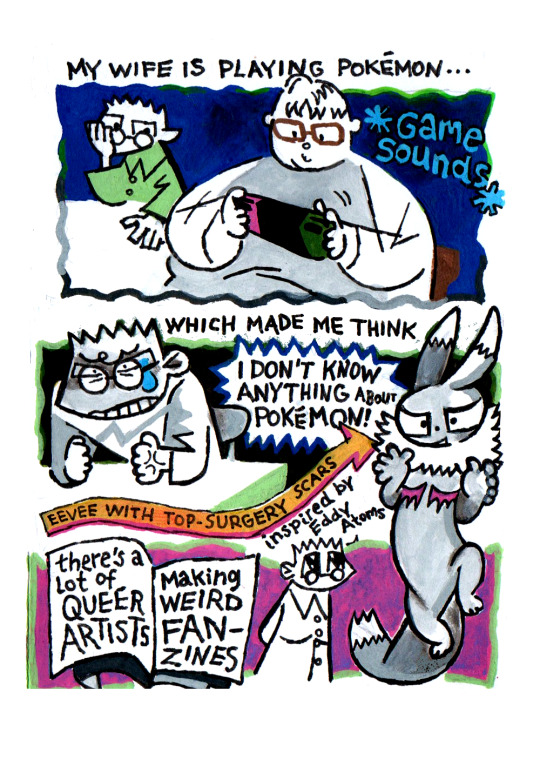
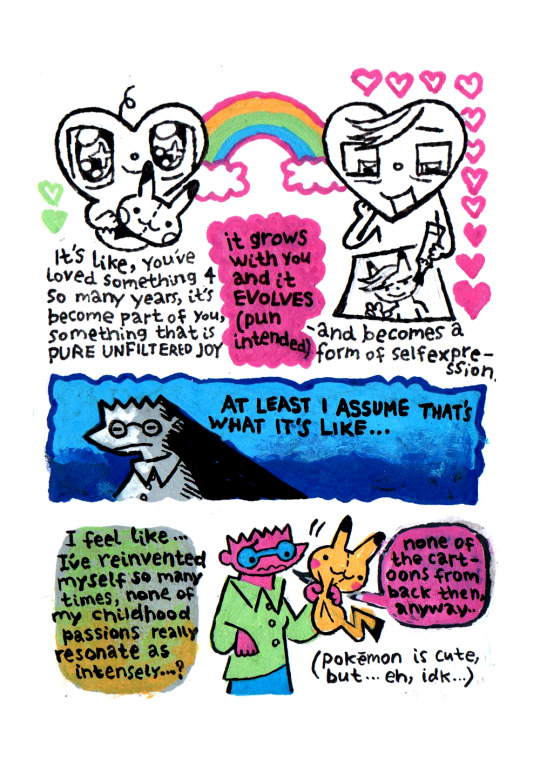
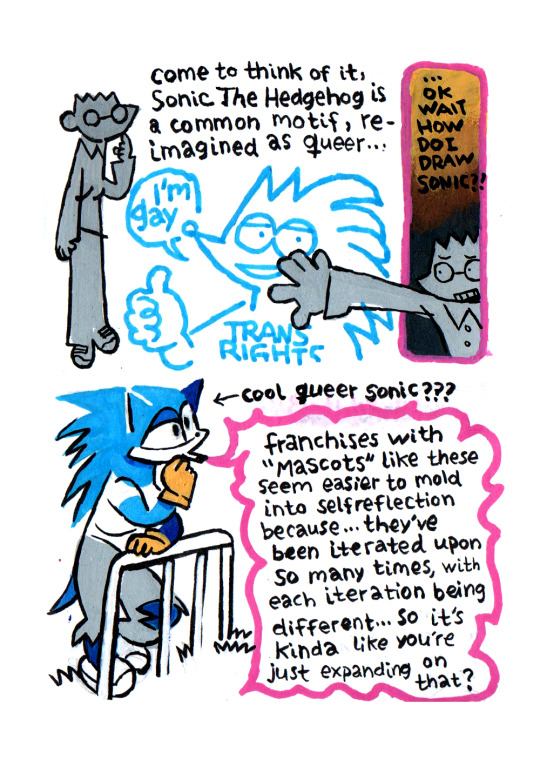
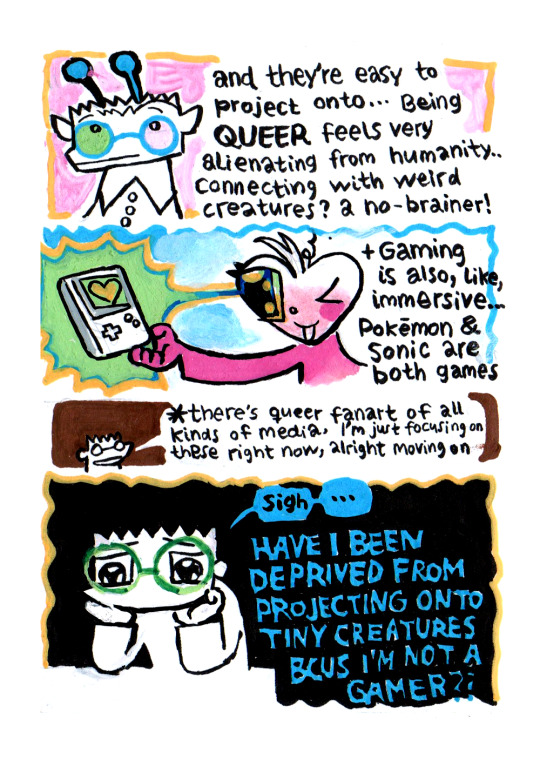

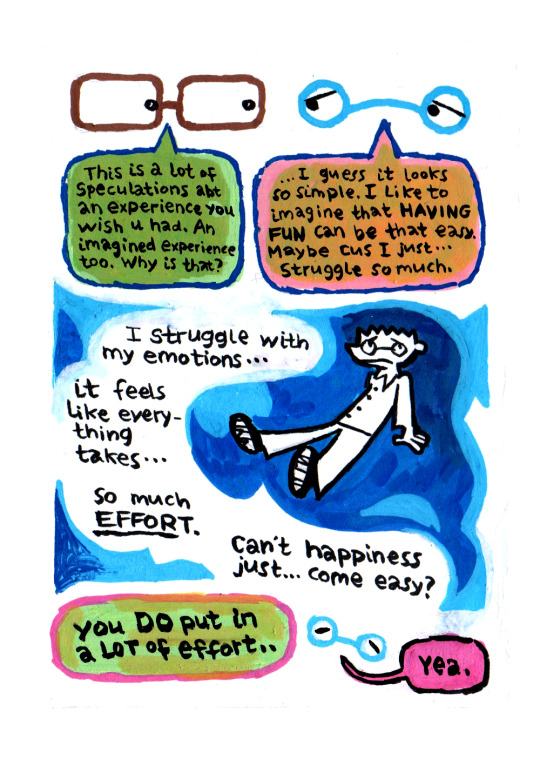
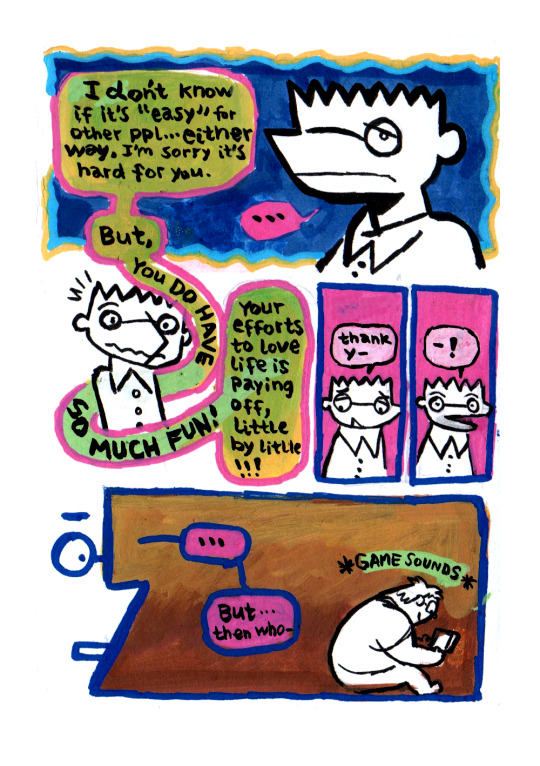
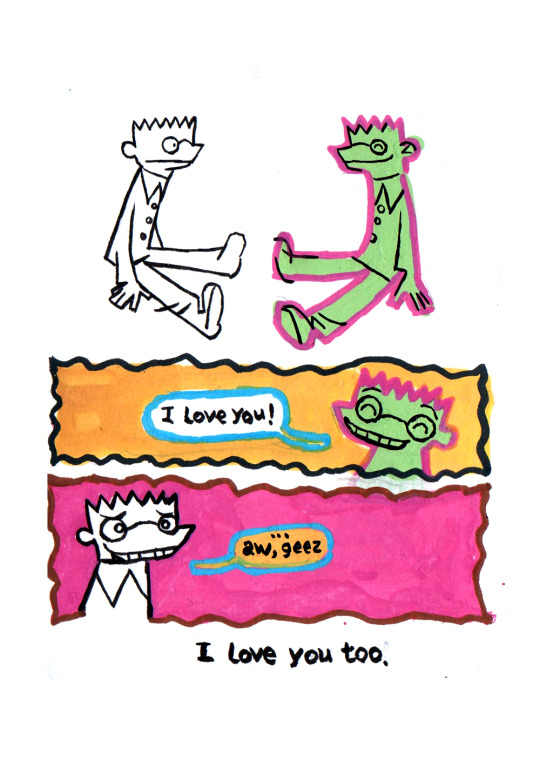
why can't happiness come easy!? HOW CAN WE ACHIEVE JOY? ...is drawing yourself as a pokémon the answer?
❤️ 8-pages, no planning; improvised comic. Just for silly fun :-) i actually debated whether to post this since it's not thought through at all, just a ramble.. but i hope u enjoyed!
794 notes
·
View notes
Text

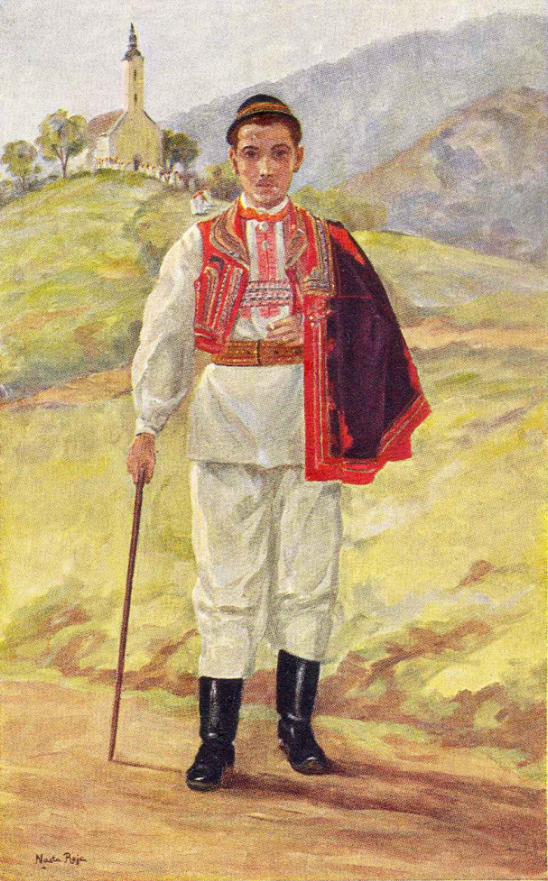


Selected Works from Nasta Rojc
Nasta Rojc was born in Croatia in 1891 and left an enduring legacy as both a pioneer in the arts and a courageous figure in the Croatian resistance movement during World War II. Her life story is marked by resilience, creativity, and a commitment to women in the arts.
As a lesbian who lived in a time when LGBTQ+ rights were virtually nonexistent, she entered into a lavender marriage with fellow artist Branko Šenoa, which allowed her to attend art school and maintain her safety. As an artist, Rojc broke barriers by becoming the first female solo exhibitionist at the prestigious Salon Ullrich. Her art, characterized by bold colors and depictions of traditional Croatian folk wear, captivated audiences and earned her recognition within the Croatian art world. It is possibly because of her talent and uplifting of Croatian culture that she is remembered.
After Croatian independence, there has been a resurgence of interest in Rojc's works, with exhibitions and retrospectives celebrating her contributions to Croatian art and history. Her paintings serve as a testament to her talent and vision, while her legacy as a pioneer in both the arts and activism continues to inspire future generations. Nasta Rojc's life is a reminder of the power of art to transcend boundaries and its use as a tool to discuss and fight oppression.
You can find these works and more in our gallery!
382 notes
·
View notes
Text

Brokeback Mountain, sapphic version (x)
Art by @ msbhaive
#brokeback mountain#msbhaive#wlw#wlw romance#wlw love#wlw art#wlw aesthetic#sapphic#sapphic romance#sapphic love#sapphic art#sapphic aesthetic#lesbian#bisexual#bi#gay#cowboys#cowgirls#queer#queer culture#sapphics#women#lgbt#lgbtq#lgbtqia#lgbtqia+#art#illustration#aesthetic#a e s t h e t i c
845 notes
·
View notes
Text
if this post reaches 500 notes, i will start a podcast where i will talk about my fictional crushes in a totally unhinged manner, like britanny broski talks about masked men, traumadump without anyone asking for it, and about various topics that make my serotonin levels go brrr (mostly about art, history/culture and queer stuff), video essay-ish-style, but executed in a worst way possible
#it’s a joke#i would ruin my digital footprint even more#i have a horrible thick accent when speaking in english anyway#and i’m pretty self-conscious about it#not to mention voice dysphoria#possibly neurodivergent#meme#text post#podcast#blue eye samurai#bes#hades game#hades 2 game#mizu#taigen#akemi#chaos hades#moros hades 2#chaos hades 2#art#history#culture#queer studies#lgbtqia#gsrm#queer#bisexual#bi#transgender#nonbinary
294 notes
·
View notes
Text


maryland miku aka old bay >>>>>
#ren art#hatsune miku#miku from my culture#brazilian miku#art#artists on tumblr#black artist#queer artist#all the tags just cuz i want people to see it i worked hard on her#my bgs still leave something to be desired tho
346 notes
·
View notes
Text
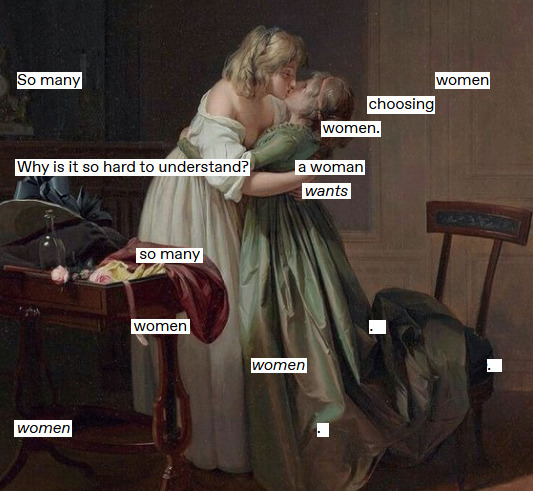
[Image description: A tumblr text-post, edited blackout-poetry/collage style. Select lines of text have been superimposed over the painting, "Two Young Women Kissing" by Louis-Léopold Boilly. The painting depicts two women in full-skirted gowns, embracing each other and kissing. Full text is below.]
---
So many women choosing women.
Why is it so hard to understand? a woman wants so many women.
women. women.
#louis léopold boilly#fixingbadposts#fixing-bad-posts#format: blackout#collage art#wlw culture#wlw love#wlw mood#sapphic#wlw pride#wlw#queer
2K notes
·
View notes
Text
About to take a shower, who’s in ?
#gay community#gay pride#girls like girls#lgbtq community#gay love#queer pride#gay couple#lgbtq#queer community#queer positivity#transgenderwoman#gay culture#gay men#gay boys#trans beauty#trans love#lgbt art#lgbt pride#lgbtq positivity#lgbtqia#lgbtqia pride#lgbt nsft#trans community#trans pride#transgender#transgirl#lgbtqplus#lgbt#queer#queer nsft
219 notes
·
View notes
Text

Such a cutie!
#im gay#queer#gay men#gayboy#gay#gay cub#gay as fuck#gay fashion#gay for girls#gay girls#gay mlm#gay news#gay yearning#im so gay#so gay#gayhot#gay art#gayman#i am so gay#gay woman#gay culture#gay pride#trans#cissy#cisgender#gender binary#gender identity#non binary#intersex
881 notes
·
View notes
Text

stellar, 2024
color pencil, marker, puffy paint, pen, and gems on paper
#original art#black artists#black artists on tumblr#queer art#queer artist#queer artist of color#black artists matter#black girl magic#black art#black wlw#my art#tooth gems#black culture#black women#soulani#soulaan
145 notes
·
View notes
Text



ɢɪʟʙᴇʀᴛ & ɢᴇᴏʀɢᴇ 1985,1986.
#gilbert prousch#george passmore#gilbert & george#graphic design#style#1980s#lgbt art#queer#gay tumblr#gay#guys#lgbt#gay art#painting#20th century#culture#pride#photography#art history#🎨
76 notes
·
View notes